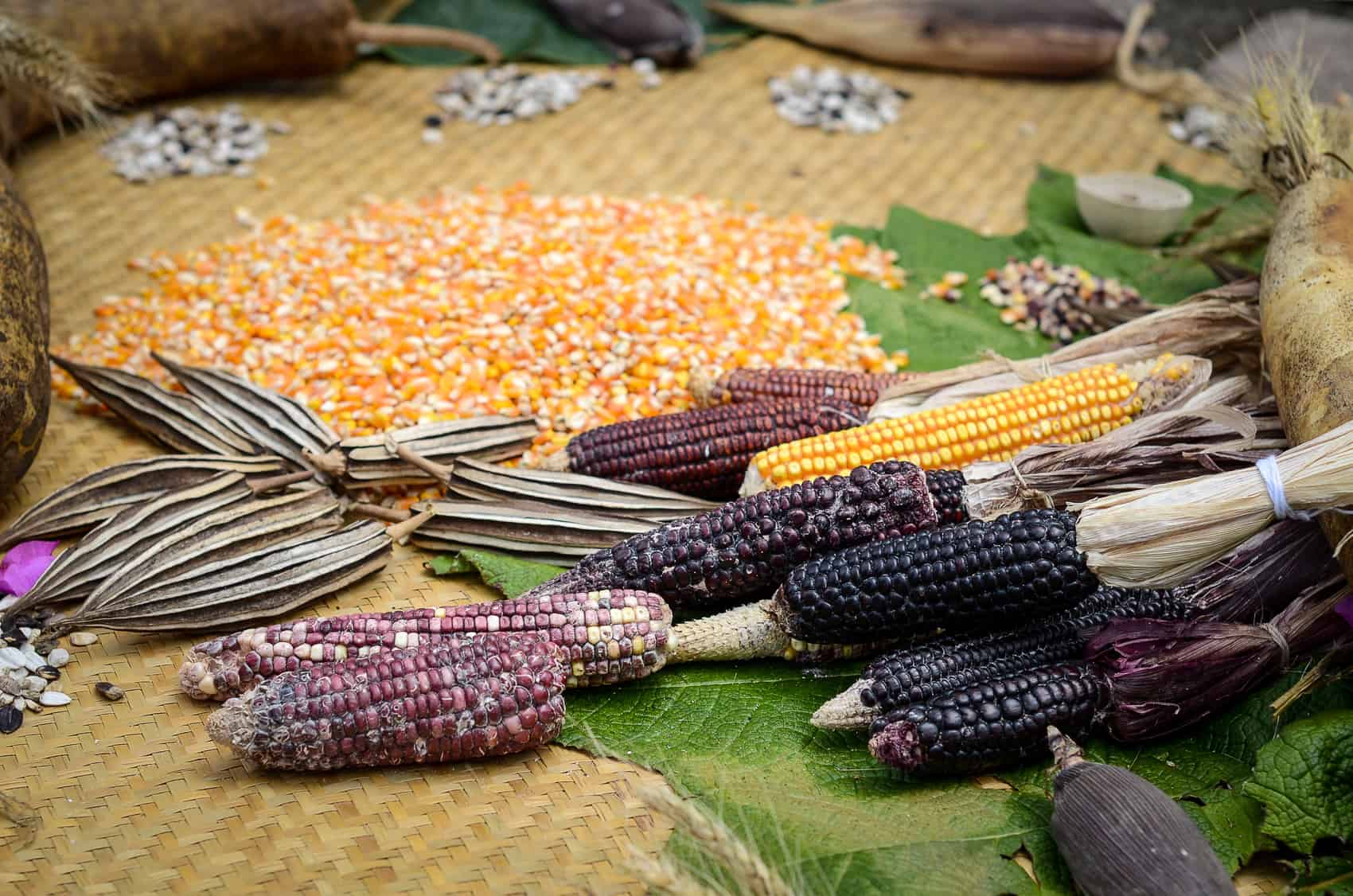At last, the hot, arid days of verano (summer)have ended and the transitional rains of April have moistened the earth once more to bring anew “spring” planting season. Actually, Ticos refer to May as the beginning of their invierno (winter),since they consider their climate as having only two distinct seasons.
But with the greening of the landscape and the budding foliage on many trees, it’s easy to feel spring in the air. Throughout Costa Rica, farmers and gardeners are now planting.
This is an ideal time to plant practically all garden vegetables, root crops, corn and beans, as well as tropical fruit trees and ornamentals, around the home. As in all regions of the northern hemisphere, the sunlight hours will increase slightly each day until the summer solstice on June 21.
This phenomenon stimulates plants to more grow vigorously and results in better production during this period of the year. Corn, for example, grows much taller and produces more ears of corn at this time of the year, and it will be ready as corn on the cob around July. Corn pollinates best when planted in sections at least five meters square.
Try planting a milpa(native-corn patch) with a variety of vegetables ,such as ayote (squash) and vainica (pole beans), right in with the corn. Small milpas have a tendency to be more diversified and harmonious with nature. We dig small holes about one meter apart and add a shovelful of rich compost in each before planting three corn seeds in each spot.
This method seems never to fail in producing healthy, vigorous corn plants. Later, when the corn is knee-high, we cultivate the soil around the base of each trio of corn plants to give it support during the torrential rains.
This is also the time to plant pole beans around the corn plants, so they will climb up the growing corn. Corn on the cob is ready when the corn tassels turn brown.
One of the biggest gripes I hear goes like this: Why don’t they grow sweet corn here in Costa Rica? Well, they actually do, and seeds for tropical sweet corn are now available in many leading nurseries and agricultural supply stores. Or you can adapt to the situation and grow local varieties of corn that can be eaten early and taste nearly as sweet. Root crops are also ideal for planting now.
Yuca (cassava) is a favorite Tico crop that is easy to plant. All you need are 30-centimeter sections of the stems. These stem cuttings are inserted halfway into the ground, about 50 cm apart.
Believe it or not, by the time the dry season rolls around again, you’ll find large yuca tubers under each plant. Tiquisque and ñampi (taros) are two more famous root crops I like to call tropical potatoes. You can buy these tubers in the market and plant them in the garden about one meter apart.
Again, an application of rich compost will boost growth and production. With an occasional cultivating of the soil around the plants, you will harvest a gold mine of roots around October. Highland gardeners can plant carrots and beets this time of year.
These crops can be planted directly in prepared beds 2-3 cm apart, with 30 cm of spacing between rows. Liquid compost tea applied to the soil around carrots and beets helps to boost growth and production. Radishes and turnips are easy crops to grow for gardeners who live in the warmer regions of the country.
The seeds can be planted directly in prepared beds with the same spacing as for carrots and beets. May is also the perfect time to plant green beans, as well as the traditional black and red beans Ticos love so much. Green-bean seeds are available at most agricultural supply stores, and I’ve found Provider (Proveedor) to be a hardy and productive variety. Seeds are planted about 20 cm apart, with a distance of 50cm between rows.
Additions of aged compost will ensure prolific production. For salad greens and vegetables, try planting a collection of lettuce, cabbage, mustard, onions, peppers and tomatoes in flats with prepared potting soil.
The flat scan be placed on the sunny side of the house under the overhang of the roof, preferably on a table to give them protection from heavy rains. When seedlings are about 5 cm tall ,transplant them to small pots or cups filled with aged compost.
Let them grow in the cups for about two weeks, so their roots can recover from the shock of transplanting and the foliage can continue to flourish. Then, young plants can be easily transplanted to garden beds without losses from the shock of transplanting or bug predation. Homegrown food can be grown free of harmful pesticide residues and is usually more nutritious too.
And even though it may only be a judgment of the mind, home grown food also seems to taste better.






